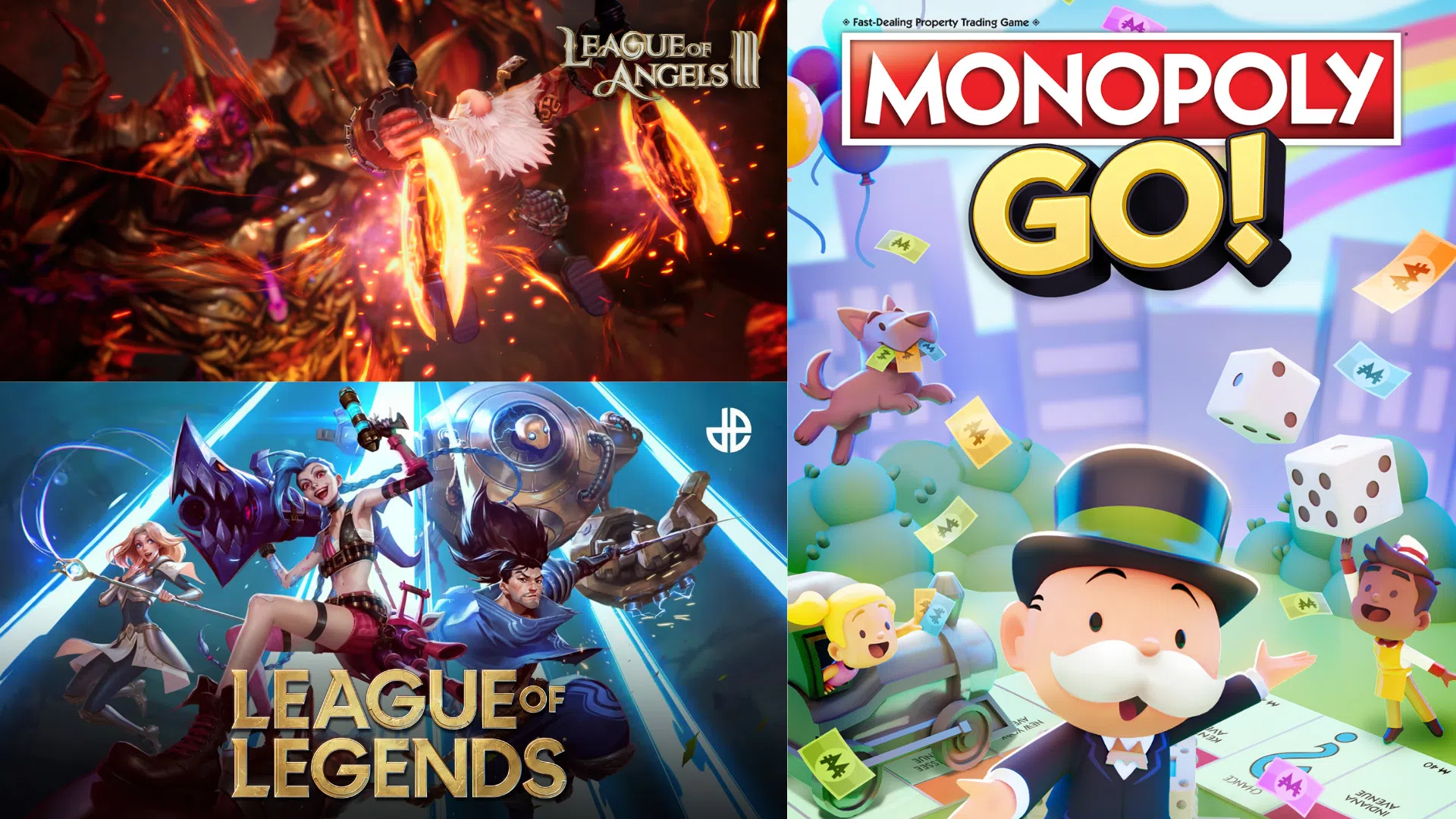Game
The Rise of Live Service Games in Modern Gaming

The video game industry has experienced significant change in recent years, and one of the most impactful developments is the rise of live service games. This model has become more than just a trend—it is now a foundational approach for many major studios seeking to keep players engaged over time.
This article explores what live service games are, how they work, why they are gaining popularity, and what both players and developers can expect from this evolving model.
What Is a Live Service Game
A live service game, sometimes referred to as Games as a Service, is a type of video game that receives regular updates after its initial release. These updates often include new gameplay content, events, improvements, and monetization features such as in-game purchases or subscription options.
Unlike traditional games that are sold as complete products, live service games are designed to evolve continuously. The goal is to keep players involved for long periods, sometimes for years, by offering fresh content and experiences.
Core Features of Live Service Games
Live service games are built around several core principles that define how they operate and why they stand out in the modern market.
Ongoing Content Releases
Live service games are updated frequently. Developers add new missions, events, character customizations, and gameplay improvements. These updates often follow a seasonal or event-based schedule to keep players returning regularly.
Online Functionality
Most live service games require players to be connected to the internet. This allows for real-time updates, multiplayer features, and the ability to track progress and player behavior across a global audience.
Monetization Models
Many live service titles are free to download but offer optional purchases inside the game. This might include cosmetic items, season passes, or digital currency. These features provide revenue to support ongoing development while offering value to players.
Long-Term Player Engagement
Game designers build systems that encourage players to return frequently. This might include daily tasks, limited-time rewards, competitive rankings, or new seasonal content. These elements help build communities and loyalty over time.
Examples of Popular Live Service Games
Several leading titles have adopted the live service model and remain among the most played games worldwide. These include:
- Fortnite, known for its frequent updates and rotating events
- Destiny 2, which introduces new seasons and story content regularly
- Call of Duty Warzone, with updated maps and battle pass features
- Genshin Impact, which releases new characters and locations
- Apex Legends, offering consistent game mode updates and character additions
Each of these games demonstrates how live service features can support long-term popularity and player investment.
How Live Service Games Differ from Traditional Titles
Traditional video games typically offer a one-time experience that ends after a single playthrough or limited downloadable content. In contrast, live service games are built for the long term. They are more like ongoing platforms than one-time products.
Rather than fading out after release, these games are continually updated. Players return not just for gameplay, but to stay connected with evolving stories, competitive modes, or social features.
Why Developers Are Choosing the Live Service Model
There are several reasons why many studios now prefer the live service approach:
- Consistent Revenue: In-game purchases allow for recurring income rather than relying solely on initial sales.
- Extended Product Life: Games can remain active and profitable for years with regular updates.
- Community Engagement: Developers maintain close contact with players, often adjusting the game based on feedback and trends.
- Improved Game Quality: Ongoing updates allow developers to fix issues quickly and adapt to player preferences.
- Cross-Platform Growth: Live service games often reach players on consoles, PC, and mobile, expanding their reach.
Benefits and Drawbacks of Live Service Games
Live service games offer many advantages, but they also come with challenges.
Benefits
- Players enjoy fresh content on a regular basis.
- Developers can build strong, active communities.
- Free-to-play models lower the entry barrier for new players.
- Real-time updates improve performance and fix issues faster.
Drawbacks
- Some players may feel pressured by frequent updates.
- Overuse of in-game purchases can create fairness concerns.
- Reliable internet is required to access most live service features.
- Without enough quality content, games can quickly lose players.
How the Live Service Model Is Changing Game Development
The traditional game development process involved releasing a finished product and offering limited updates afterward. With live service games, development is ongoing. Studios now maintain dedicated teams to manage updates, plan new content, and interact with the player community.
This shift means game companies now operate more like software developers—constantly improving and supporting their products over time.
What the Future Holds for Live Service Games
Live service games are expected to grow even further as technology and player expectations evolve. Some upcoming trends include:
- Personalized content powered by artificial intelligence
- Built-in competitive leagues and esports support
- Interactive events and brand collaborations within games
- Subscription packages that bundle live service titles for players
These developments suggest that live service games will continue to influence how games are created and enjoyed in the years ahead.
Challenges of the Model
Not every live service title has succeeded. Some well-known games have struggled or shut down due to lack of content, technical issues, or poor player response. These outcomes show that success in the live service space depends on high-quality gameplay, a strong content plan, and effective community management.
Conclusion
Live service games represent a major shift in the way video games are made and experienced. They offer developers new ways to grow their audience and sustain long-term engagement. At the same time, they provide players with ongoing entertainment and social experiences.
As the model continues to evolve, studios that deliver value through meaningful updates and balanced monetization will likely remain at the forefront of the industry. Live service games are no longer an experiment—they are a defining part of modern gaming.


